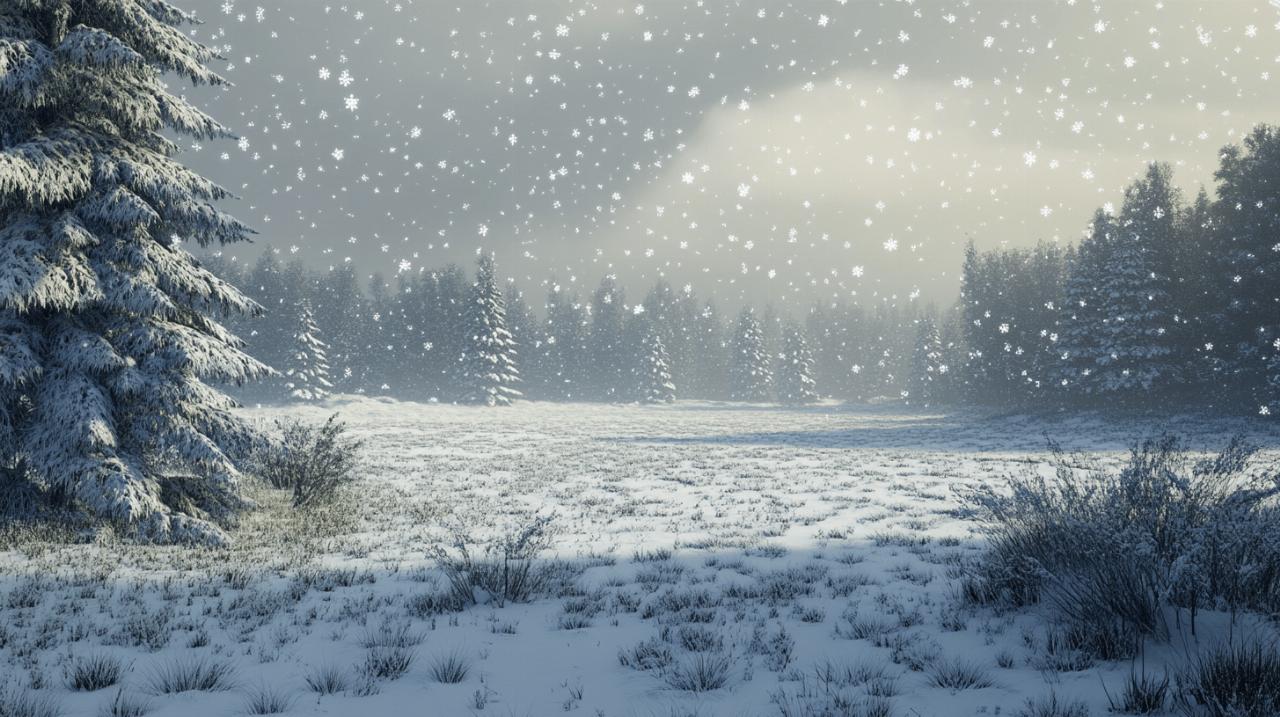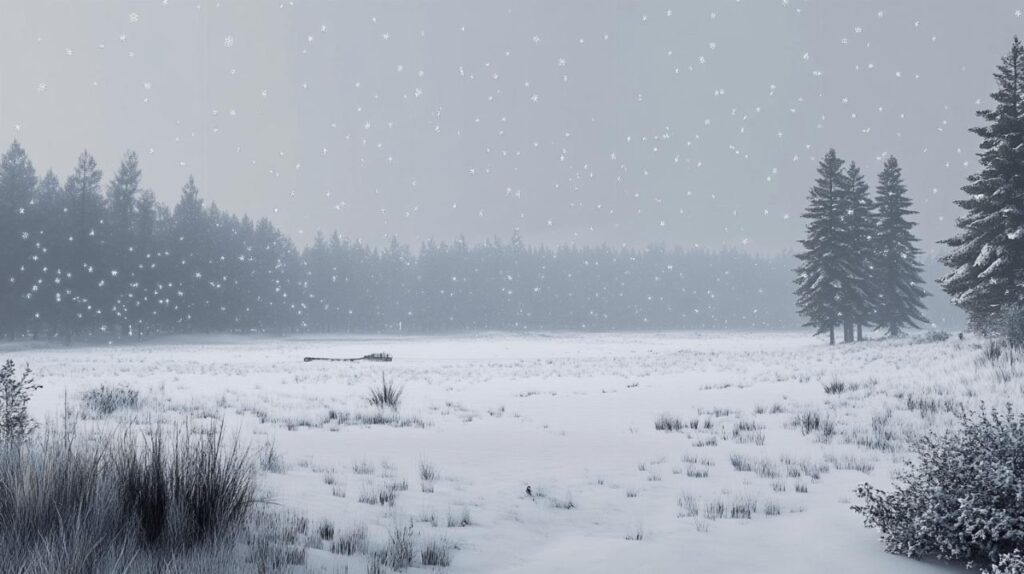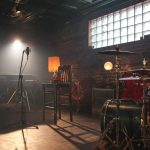Winter photography in the Alps presents a magical canvas where pristine snow meets dramatic mountain peaks, creating opportunities for breathtaking imagery. Snow-covered landscapes transform familiar scenes into ethereal compositions, making the Alps a prime destination for photographers seeking to capture nature's winter artistry.
Capturing alpine snow landscapes
The majestic Alps offer photographers endless possibilities for creating stunning winter images. From the pristine valleys of Champagny Le Haut to the rugged peaks of Parc National de la Vanoise, each location presents unique chances to document nature's frosty beauty in temperatures ranging from -15C to -20C.
Mastering white balance in snow scenes
Snow creates distinct challenges for photographers, particularly when dealing with exposure and color accuracy. Professional equipment choices, such as Canon cameras paired with Tokina wide-angle lenses, help manage these technical demands while maintaining image quality in harsh winter conditions.
Finding perfect vantage points in mountain terrain
Discovering ideal shooting locations in Alpine environments requires careful navigation and understanding of the landscape. Photographers must blend technical skill with physical preparation, considering both artistic composition and safety while working in challenging mountain conditions.
Technical aspects of winter photography
Mastering winter photography in Alpine settings demands specific technical knowledge and preparation. Snow-covered landscapes create unique lighting scenarios while extreme cold poses distinct challenges for photographers and their gear.
Equipment protection in extreme cold
Shooting in temperatures reaching -20C requires strategic gear protection. Keep spare batteries close to your body, as cold drastically reduces battery life. Use weather-sealed cameras and lenses when possible. Wrap your gear in insulating materials during transport. Place your equipment in sealed bags before entering warm spaces to prevent condensation damage. A specialized camera cover offers extra protection against snowfall while maintaining access to essential controls.
Camera settings for snowy conditions
Snowy landscapes demand precise exposure settings to capture detail. Set exposure compensation between +1 and +2 stops to prevent underexposed snow. Manual mode helps maintain consistent exposure across changing light conditions. Select a higher f-stop (f/8 to f/11) for maximum depth of field in landscape shots. Fast shutter speeds freeze falling snow, while slower speeds create dreamy effects. Raw format preserves more detail in bright snow and dark shadows. White balance settings might need adjustment to avoid blue tints in snow – consider using custom white balance for true-to-life colors.
Creating dynamic winter sports shots
Winter photography in the Alps presents unique opportunities to capture breathtaking moments in pristine snowy landscapes. Focusing your lens on the majestic peaks and pristine slopes of Champagny Le Haut within Parc National de la Vanoise creates stunning visual narratives at temperatures between -15C to -20C.
Photographing skiers in motion
Mastering action shots in winter environments demands specific techniques and gear preparation. Wide-angle lenses like Tokina excel at capturing both the athlete and the surrounding Alpine landscape. Working in extreme cold requires careful equipment handling, while maintaining swift camera adjustments to track fast-moving subjects across the snow. Professional photographers recommend setting faster shutter speeds to freeze motion and preserve crisp details in the crystalline environment.
Capturing resort life and activities
The vibrant atmosphere of Alpine resorts offers rich photographic possibilities beyond sports action. From early morning snowmaking operations to evening leisure activities, each moment tells a unique story. Strategic positioning during golden hours enhances the visual drama of resort scenes. Skilled photographers focus on authentic moments – guests enjoying mountain traditions, ski instructors sharing their expertise, or peaceful sunrise views over snow-covered peaks. Using professional gear like Canon cameras paired with specialized lenses helps achieve superior image quality in challenging light conditions.
Weather elements in alpine photography
Snow-covered peaks and pristine landscapes make the Alps a photographer's dream. The unique blend of natural elements creates magical opportunities for capturing winter's essence. Alpine photographers must navigate varying weather conditions while mastering their equipment in extreme temperatures ranging from -15C to -20C.
Working with Natural Light in Snow
Mastering exposure becomes crucial when photographing snowy landscapes. The bright white surfaces in places like Champagny Le Haut reflect light intensely, demanding careful camera settings. Professional photographers recommend using wide-angle lenses, such as the Tokina, to capture the vast Alpine panoramas. The morning and evening hours present optimal lighting conditions, creating dramatic shadows across the snow-covered terrain in the Parc National de la Vanoise.
Shooting during snowfall and storm conditions
Extreme weather brings unique photographic possibilities in Alpine environments. Protective gear becomes essential when working in harsh conditions, ensuring both photographer and equipment stay functional. The current low temperatures in the Alps demand proper preparation and technical knowledge. Creative photographers embrace these challenging elements, using them to capture compelling winter scenes. The contrast between falling snow and mountain landscapes produces striking visual narratives that showcase nature's raw beauty.
Advanced night photography in alpine settings
The majestic Alps transform into a mystical realm after sunset, offering photographers extraordinary opportunities to capture nature's nocturnal beauty. Winter nights in these mountains present unique conditions, with temperatures dropping to -15C to -20C, creating pristine shooting conditions.
Starlight photography over snowy peaks
Pristine skies above Champagny Le Haut in the Parc National de la Vanoise create ideal conditions for astrophotography. The crisp mountain air and minimal light pollution make stellar photography possible. Professional photographers like Keenan Hursh recommend using wide-angle lenses, such as the Tokina, to capture the expansive night sky. The key lies in mastering exposure settings while dealing with reflective snow surfaces. Photographers must protect their gear against extreme cold while maintaining battery life for extended shooting sessions.
Long exposure techniques for mountain landscapes
Night photography in alpine settings demands specific technical skills and equipment adaptations. Using Canon cameras equipped with robust weather sealing proves essential in harsh winter conditions. The reflective qualities of snow require careful exposure calculations. When shooting in temperatures between -15C to -20C, photographers need to focus on maintaining steady camera positions despite challenging conditions. The pristine winter landscapes of the Parc National de la Vanoise offer perfect scenarios for practicing these techniques. Many skilled photographers recommend starting with shorter exposure times and gradually extending them based on available moonlight and snow conditions.
Planning alpine photography expeditions
Winter photography in the Alps demands meticulous preparation and timing. Snow-covered peaks, pristine valleys, and frost-laden landscapes create stunning visual opportunities throughout the region. From Champagny Le Haut to Parc National de la Vanoise, each location offers distinct perspectives for capturing nature's winter artistry.
Seasonal access to prime locations
Alpine photography requires strategic timing, especially when temperatures drop to -15C to -20C. Professional photographers like Keenan Hursh recommend focusing on details unique to winter landscapes. Morning shoots often yield the best results, capturing pristine snowscapes before ski activities begin. Embracing harsh elements while maintaining gear protection becomes crucial for successful shots.
Safety measures for mountain photography
Mountain photography demands robust safety protocols. Expert photographers utilize specialized equipment, including Canon cameras paired with Tokina wide-angle lenses for expansive mountain vistas. Proper clothing layers, emergency gear, and constant weather monitoring ensure safe shooting conditions. Professional guides with extensive alpine experience, similar to those with 20+ years in mountain environments, prove invaluable for accessing remote shooting locations safely.
Composition strategies for mountain scenery
Winter photography in the Alps presents unique opportunities for creating mesmerizing images. At temperatures between -15C to -20C, the pristine snow-covered landscapes of places like Champagny Le Haut in the Parc National de la Vanoise offer perfect conditions for exceptional shots.
Framing dramatic alpine vistas
Mastering winter landscape photography requires specific technical expertise. Using wide-angle lenses, such as the Tokina, helps capture the grandeur of Alpine panoramas. A key aspect lies in embracing harsh elements while maintaining proper exposure settings. Professional photographers like Keenan Hursh demonstrate that focusing on intricate details within vast snowy expanses creates compelling visual narratives.
Balancing snow and natural elements
The pristine white landscapes of the Alps demand careful attention to composition. Working with Canon cameras proves effective for managing contrast between snow-covered peaks and natural features. Successful winter photography combines technical skill with artistic vision – incorporating elements like trees, rocks, or mountain silhouettes against snowy backgrounds enhances depth and visual interest in the frame. Photographing during optimal lighting conditions while maintaining gear protection in extreme temperatures ensures stunning results.



